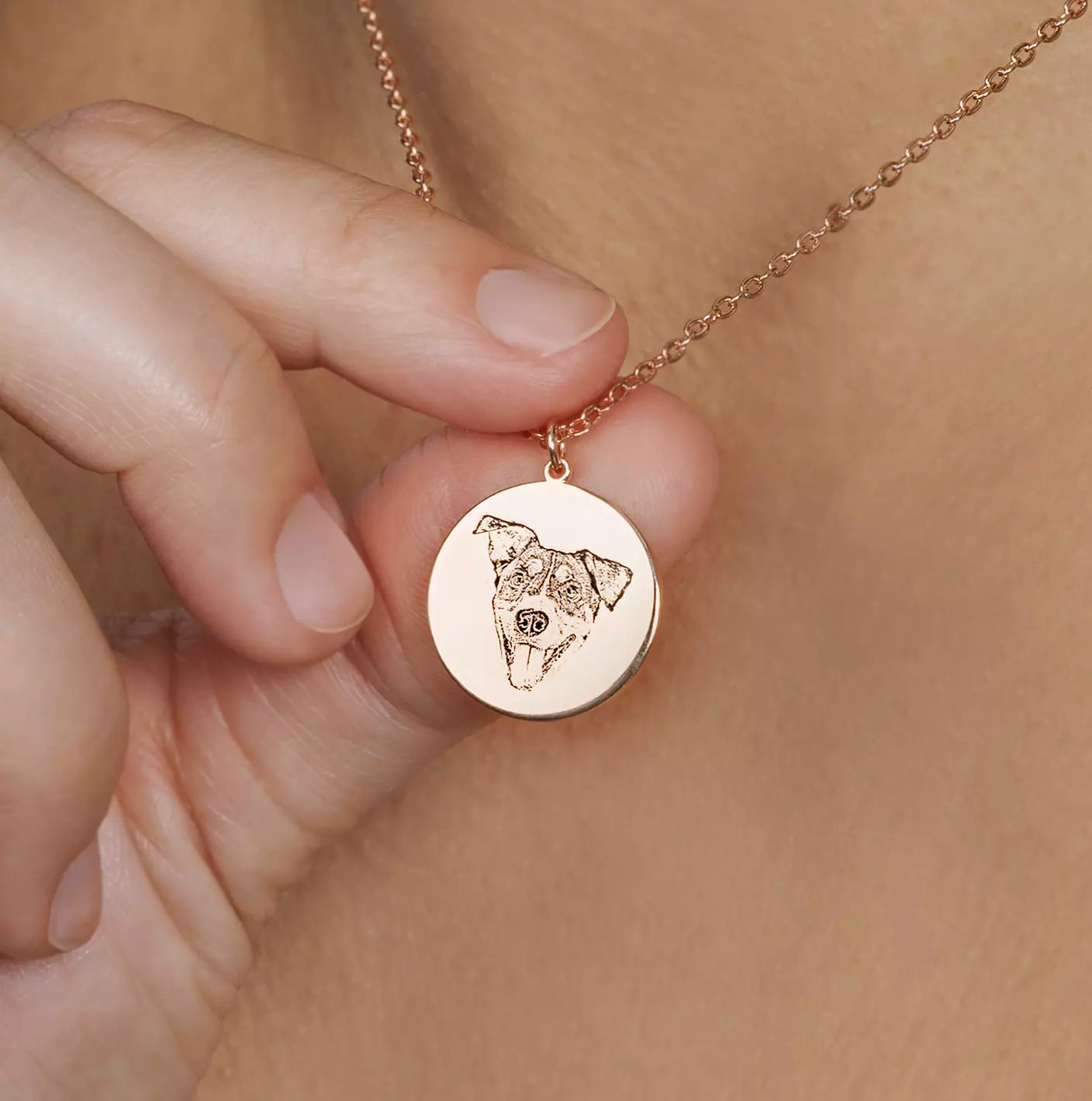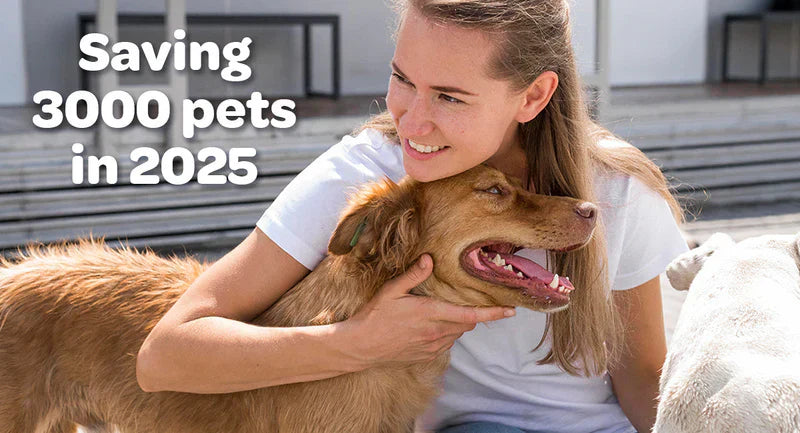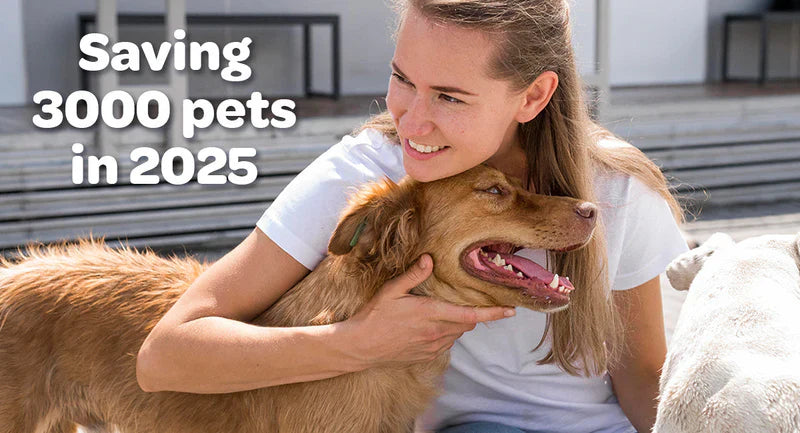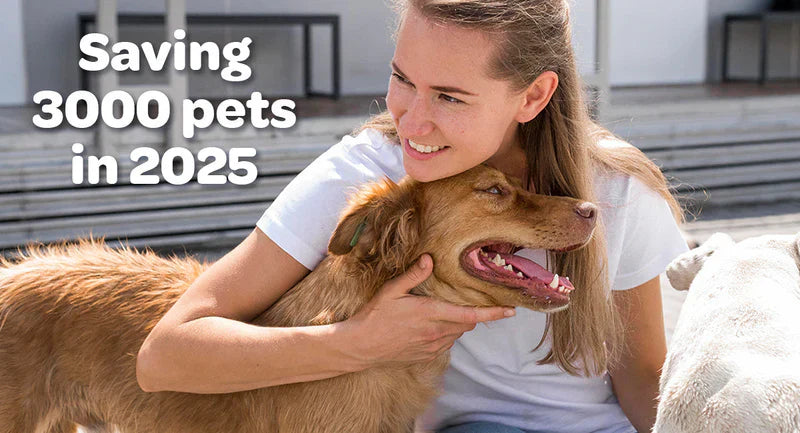Losing a pet is a painful journey, and when it comes to children, this experience can be even more poignant. Navigating the conversation about euthanizing a pet can be particularly challenging. However, providing the right understanding and guidance can make this journey less painful for children.
Navigating the Heartache: A Comprehensive Guide on Preparing Children for Pet Euthanasia
There is no easy way to deal with the loss of a pet. As you consider how to explain putting a dog down to a child, you’re bound to ask yourself a lot of questions. Should a child be present during euthanasia? How do I explain euthanasia to a child? How can I make this process easier on my child?

Honesty Is Key: How to Explain Euthanasia to a Child
It's crucial to approach the conversation about euthanasia with honesty. Though it might seem tempting to shield children from the reality of their pet's illness or impending death, it can lead to more confusion and distress. To avoid this, use direct, concrete language when explaining euthanasia of a pet to a child.
Firstly, ensure that you explain the concept in an age-appropriate manner. You can use phrases like, "Our pet is very sick, and the doctor believes that they’re in a lot of pain. The kindest thing we can do is to help them pass on peacefully, so they're no longer suffering."
Unfolding the Reasons: How to Tell a Child About Putting a Dog Down
Once your child understands the concept of euthanasia, you should gently explain the reasons behind the decision. Whether it's due to old age, a terminal illness, or an untreatable condition, make sure to communicate that euthanasia is often the most compassionate choice.
You can explain, "Our dog is very old and sick, and despite the doctor's best efforts, they can't make him/her better. Euthanasia is a way to ensure our pet doesn't have to endure any more pain."

Should a Child be Present During Euthanasia?
The question of whether a child should be present during euthanasia is a sensitive one, dependent on the child's age, maturity, and personal feelings. Some children may find closure in saying a personal goodbye, while others might find the experience too distressing.
It's important to have an open and honest discussion with your child about their wishes. Encourage them to express their feelings, reassuring them that their emotions are valid. Remember, this process isn't about enforcing what you believe is right, but about what your child is comfortable with and what will help them cope.
Saying Goodbye: Guiding a Child Through the Farewell Process
When preparing a child for the loss of their pet, allowing them an opportunity to say goodbye can be crucial for their grieving process. This could involve spending quality time with the pet, recalling fond memories, or even creating a keepsake like a paw print or a photo album.
Explaining the process of putting a dog down to a child can be framed within the context of a farewell. Ensure your child understands that their furry friend is about to embark on a peaceful journey, free from pain. Emphasize that it's okay to feel sad, and it's normal to miss their pet.
These steps, when taken with sensitivity and compassion, can make the difficult journey of losing a pet easier for children, helping them understand and navigate their grief.

Navigating the Emotional Aftermath: Preparing for and Understanding Your Child's Grief
When a pet passes away, the subsequent emotional landscape for a child can be hard to navigate. As a parent or guardian, it's crucial to anticipate these feelings and prepare to respond with understanding and empathy. Children may experience sadness, confusion, anger, and even guilt. It's our responsibility to validate these emotions, instead of suppressing or dismissing them.
Consider sitting down with your child and openly discussing these potential emotions. Encourage them to express their feelings, providing reassurance that their reactions are completely normal and expected. You might say, "I know you're feeling really sad right now. It's okay to miss our pet, and it's okay to cry. I miss them too. I'm here for you and we'll get through this together."
Responding to Difficult Questions: Explaining the Intricacies of Euthanasia
After the pet's euthanasia, children will naturally have questions. They may wonder why it happened, where their pet has gone, or even if they'll ever see their pet again. When explaining euthanasia of a pet to a child, be prepared to answer their queries honestly but gently. Avoid sharing harsh or overly detailed descriptions of the process.
Instead, focus on the peacefulness of the procedure, highlighting that it alleviates the pet's suffering. Let them know it was a decision made out of love and kindness. Reassure your child that it's alright to ask questions, creating an open and understanding environment where they feel safe to express their concerns.

From Grief to Healing: Remembering the Pet and Fostering Emotional Recovery
To help your child navigate their grief, suggest creating a pet memorial together. This could range from a special corner in your home adorned with the pet's favorite toys and pictures, a dedicated spot in your garden, a scrapbook filled with photos and keepsakes, or even a heart-warming letter written to the pet.
By involving your child in creating these memorials, you are providing a tangible method for them to express their feelings, remember their furry friend, and achieve a sense of closure. This process helps remind them that while their pet is gone, they are not forgotten.
Fostering Emotional Recovery: Providing Continuous Support Through Grief
Supporting your child through their grief journey doesn't stop at the initial stages. It's a continuous process that requires patience, understanding, and nurturing. Regularly check in with them, paying attention to any changes in their mood or behavior.
Consider finding children's books that address pet loss and spend time reading them together. Encourage your child to write about their pet or express their emotions through drawing or painting.
Regular family discussions can also be beneficial, allowing each family member to share their thoughts and feelings about the loss. Lastly, remind your child of the love and joy their pet brought into their lives. While it's important to acknowledge the loss, focusing on the happy memories can often be a comforting tool for healing.
Remember, preparing a child for a pet's euthanasia is a tough journey. Yet, with kindness, honesty, and empathy, it can become a valuable learning experience about life, love, and loss. By standing by your child in their grief, you can help them find the resilience to heal and grow from the experience.

Cuddle Clones: A Comforting Reminder
In the wake of pet loss, children often feel a strong desire to keep the memory of their beloved pet alive. One unique way to honor this is through a custom plushie that looks like your pet Cuddle Clone. Cuddle Clones are custom-made plush replicas of the pet that passed away that are designed to resemble them closely.
Cuddle Clones can serve as a comforting physical reminder of the bond your child shared with their pet. By cuddling or talking to this familiar figure, your child can navigate their feelings of grief in a safe and comforting manner. It provides a tangible connection to their lost pet, which can be incredibly healing during the grieving process.
However, the choice to use a stuffed animal should always be led by the child's interest and readiness. It's important that children view the Cuddle Clone as a memorial to their lost friend, not a replacement.

The Lesson of Loss: Grief, Growth, and Understanding
The conversation about pet euthanasia is indeed a difficult one. Yet, it's a critical life lesson about grief and loss. Emphasize to your child that feeling deep sadness, loss, and even anger, is part of a normal grief process. It's crucial they understand that these emotions are not something to hide or feel guilty about.
Ensure your child knows it's okay to remember and miss their pet. This includes talking about the pet, recalling shared experiences, or simply keeping a favorite toy or collar.
As a parent, your compassionate understanding and support are invaluable to your child during this difficult time. Your presence, patience, and empathy can make this painful transition easier for your child. Encourage your child to express their feelings, comfort them when they are sad, and reassure them that it's okay to gradually let go.
Every child's grieving process is unique and should be respected. Keep an open line of communication, be there to listen, and help your child navigate their emotions in a healthy, balanced manner.
Explaining the upcoming death of a pet and asking yourself, “Should a child be present during euthanasia?” is no easy task. But by approaching the subject with sensitivity, honesty, and patience, we can help our children understand this difficult concept, guide them through their grief, and ultimately, strengthen their emotional resilience.












Leave a comment (all fields required)